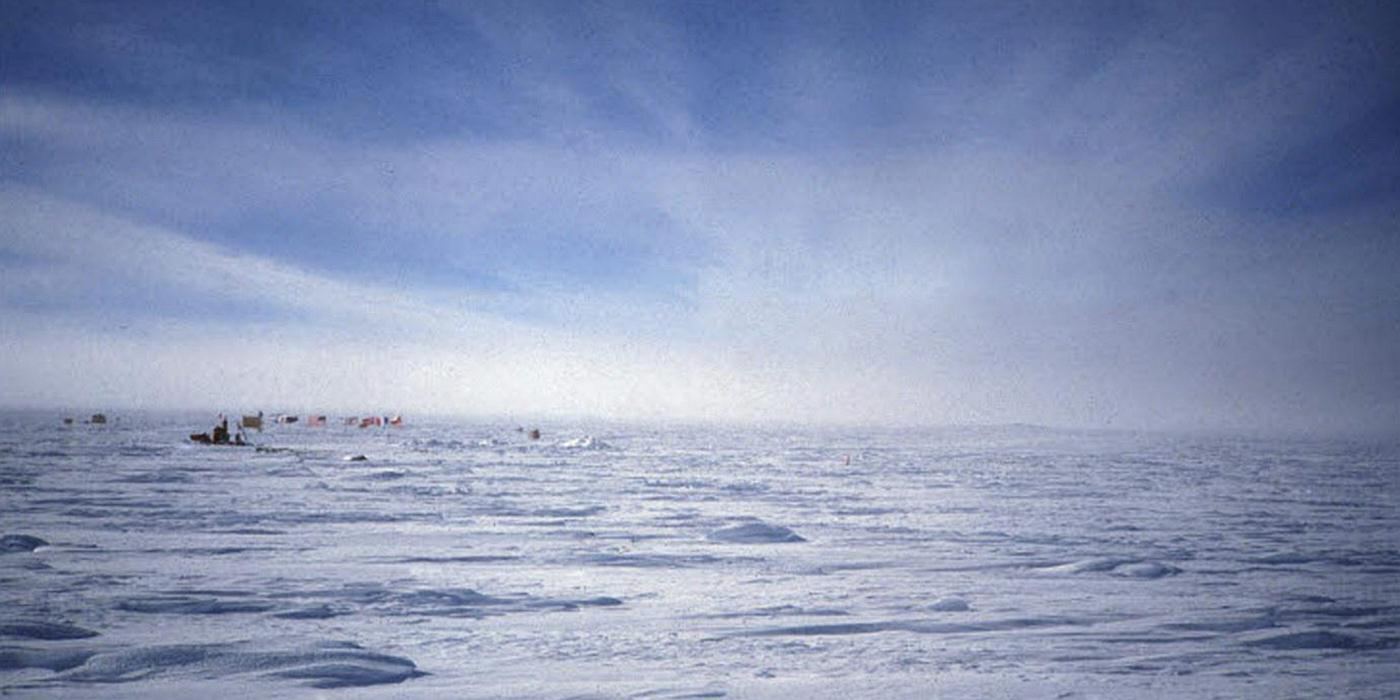We throw around the term “light year,” without really understanding how large a light year is. So, let’s ask the question.
What is a light year?
A light year is the distance light travels in a year (remember, light speed is constant). The numbers get so big that they lose meaning, so let’s set up a mental picture we can understand. In one second, a beam of light would travel around the Earth about seven and a half times. In round figures that is 186,000 miles. That calculates to just under 670 million miles in an hour; which converts to just under 16.1 billion (thousand million) miles in a day; which converts to somewhat over 5.8 trillion (million million) miles in a year, so a light year is equal to about 5.8 million million miles.
That’s a big number, and that didn’t help much either.
Look at it this way. Light takes about nine minutes to arrive at the Earth from the sun. It takes about nine years to arrive at the Earth from Sirius, so Sirius is about 526 million times further from the Earth than is our own sun. That probably helps a bit.
Let’s try one final analogy. Place a basketball representing our sun at the goalposts of a football field. The Earth would be a pea a foot away. Jupiter would be an orange at about the two-yard line, Pluto – the “edge” of our solar system – would be a speck near the thirteen-yard line, and Sirius would appear as two balls 106 miles away, one about 25 percent larger than our sun and a pea about the size of the Earth. These are relationships we can actually understand.
While we’re at it, let’s place more of our universe into this picture. The galaxy in which our sun and all its planets reside is about 100,000 light years across. In the picture we have developed with the basketball and the football field, our galaxy is 1 million miles across, or about four times the distance between the Earth and the moon. And the Andromeda Nebula, which is the closest large galaxy to our own and about 2 million light years from our galaxy, would be 20 million miles away from our basketball, or about one-fifth the actual distance to our sun.
The distances get so large so fast that it is nearly impossible to keep a relative picture in mind of how all this relates together. If we collapse our example so that the entire galaxy, which in our example extended to four times the distance to the moon, shrinks to the size of a Frisbee, then Andromeda will be another Frisbee at about the seven-yard line. We are part of about thirteen galaxies in a sphere 10 million light years across – in our collapsed example, about forty yards across.
Let’s transfer our base of operations to the fifty-yard line so we can better visualize what we have: In a twenty yard sphere centered at the middle of the fifty-yard line, we have some thirteen Frisbees of various sizes, in various orientations. Now imagine a sphere that extends outward four and a half football fields in all directions from center field, a sphere nearly 900 yards across – approaching a half-mile in diameter. This sphere in our collapsed example represents the Virgo Supercluster containing our Local Group of thirteen galaxies plus 160 or so other clusters of galaxies.
Time to collapse again; this is still too big to contemplate. So we collapse our half-mile-wide supercluster down to basketball size again, which represents a distance of about 200 million light years. Within a sphere extending three yards out we will find about eighty other superclusters similar to our own Virgo Supercluster. This six-yard sphere represents a billion (thousand million) light years.
Now, if you extend the current sphere so that it takes in the entire football field and the bleachers, this represents on our scale, the size of the known universe, about twenty-eight billion light years across.
These numbers get so large so quickly, that it is nearly impossible not to get lost contemplating them. We started out with a basketball representing our sun, and discovered that the Sirius star system was over a hundred miles away, and our galaxy extended four times the distance to the Moon. The nearest other galaxy was one fifth the distance to the sun. So we collapsed our galaxy to a Frisbee and located us inside a forty-yard sphere; this Local Group was but a part of the Virgo Supercluster inside a half-mile-wide sphere. So we collapsed again to basketball size, and found our supercluster part of 160 other superclusters in a six-yard sphere. Finally, we extended our sphere to include the bleachers and beyon
d, to contain the entire known universe.
Aren’t you glad you asked about a light year?





Sorry, comments are closed for this post.